Wonders of the past
Inevitably when you travel, especially in Europe, you are looking at the past. It is usually old – and amazing – timeless churches for sure, but it could also be palaces, museums, fortresses, roads, bridges, ruins…just about everything is old compared to Australia or the US. We’ve already seen a few wonders of the past on this trip but we’re about to be treated to a couple of real standouts – and completely different standouts at that.
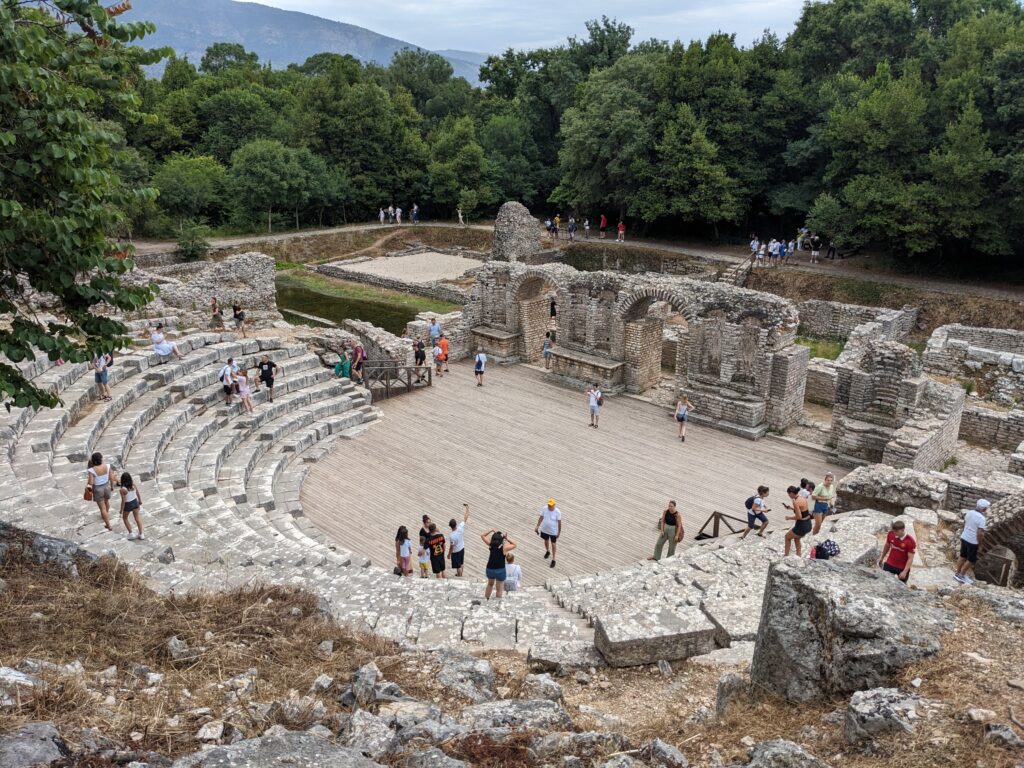
Our time in Albania was drawing to a close and we realised this country with the troubled past and promising future had a lot more to offer than we could cover on this trip. Nevertheless, we wanted to catch another glimpse of the so-called Albanian Riviera at it’s unofficial capital of Sarande so we agreed to get scammed on a parking spot and strolled their waterfront promenade as the town and their visitors were waking up on a cloudy Sunday morning.
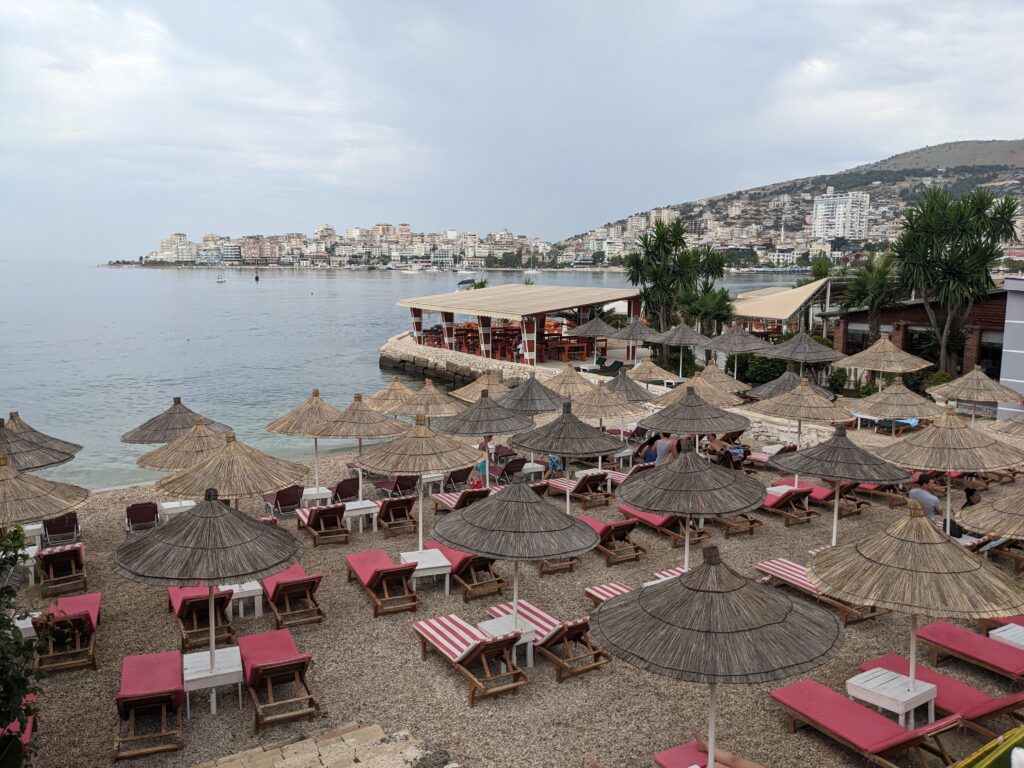
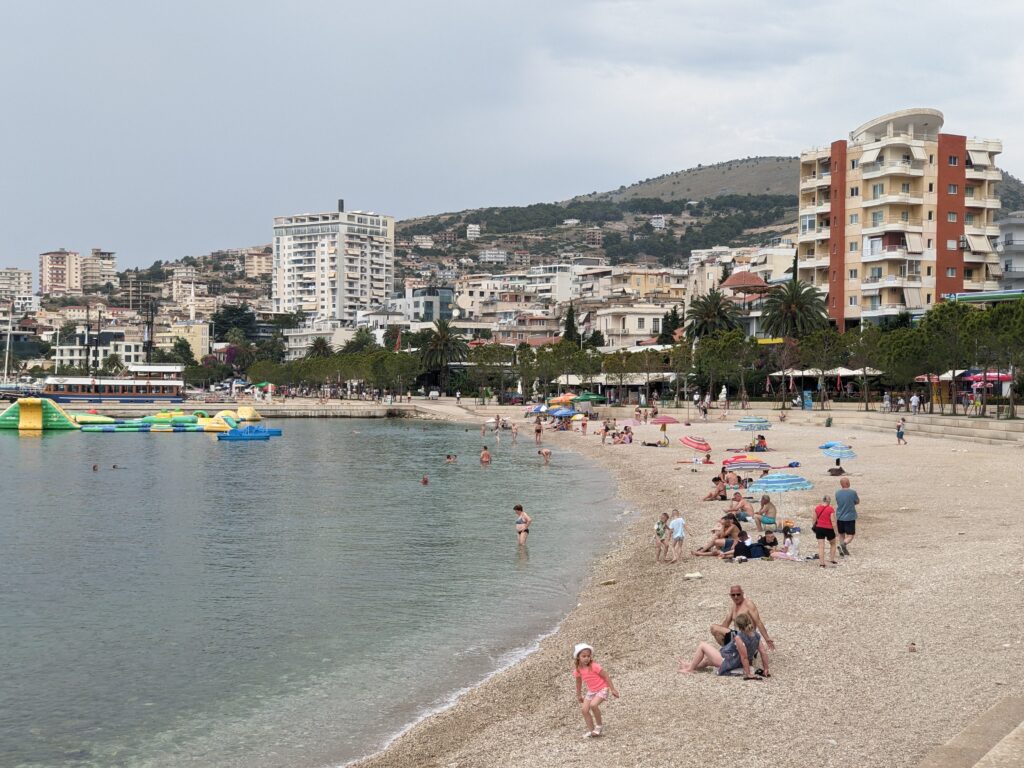
Then it was on to a UNESCO World Heritage location, the famed ancient city of Butrint. Built on an easily defensible stubby point of land surrounded by water, Butrint has pedigree going back many centuries BC but also grew under Roman rule and numerous subsequent powers. Today it’s partly restored grounds give us a peek into what it was like to live here up to 2,500 years ago. And to walk across the same stones as they did, through the same gates, under the same arches, over the same ground, the whole experience was just too good. Yes, the ruins might be a bit modest compared to more recent sites but that’s the way it is with these old places.
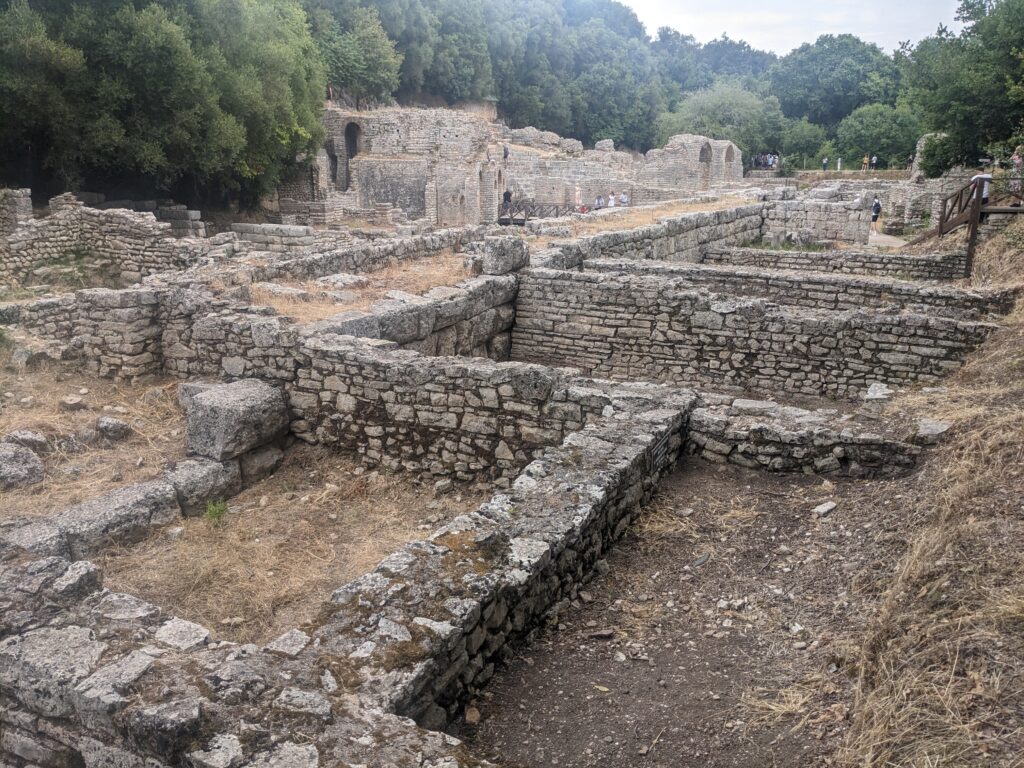
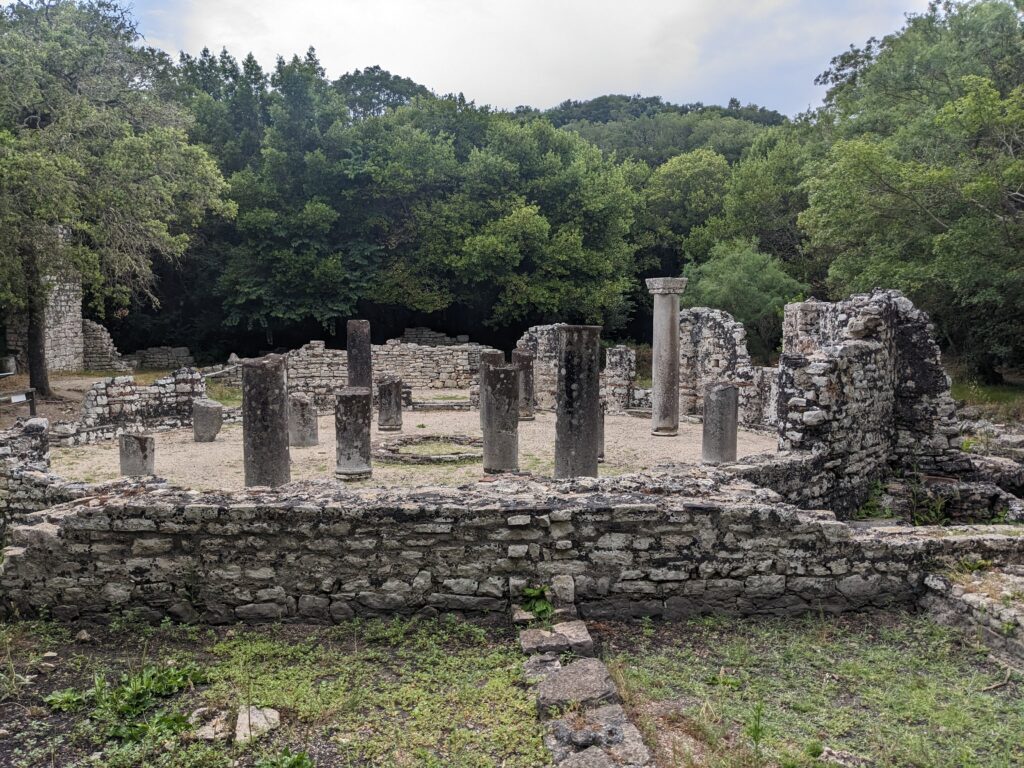
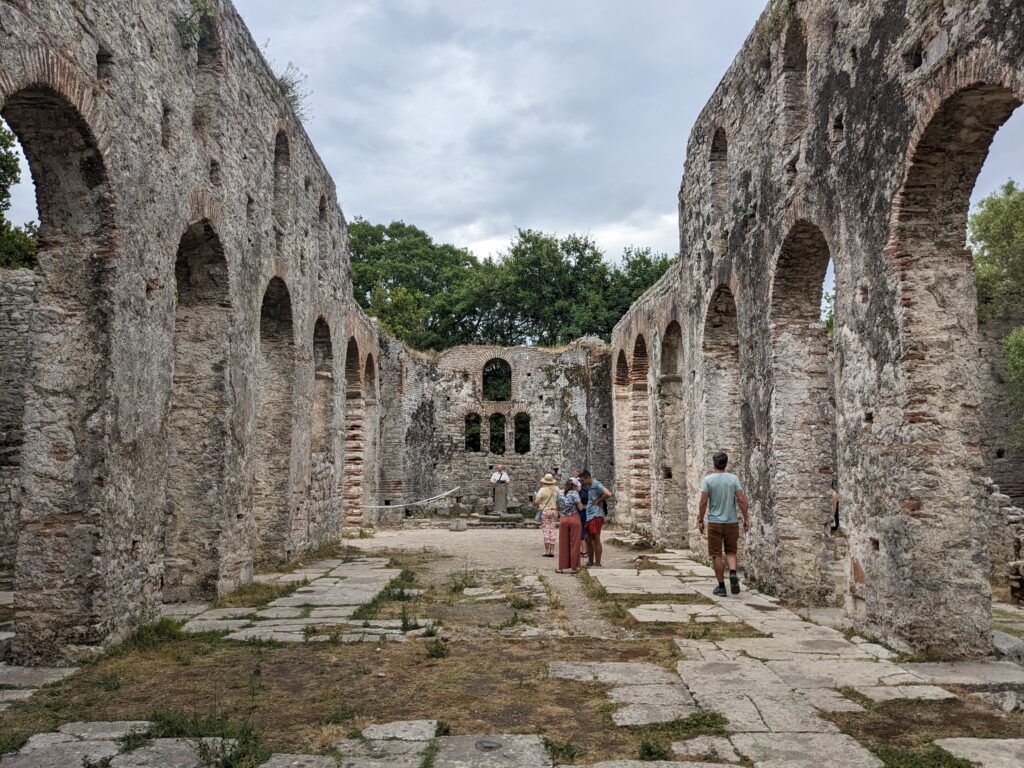
Albania, your mountains are formidable, your drivers are horrible, your coastline is awesome and your promise as a travel destination is unlimited – especially after you iron out a few wrinkles. We’ll miss you and who knows, we may come back some day.
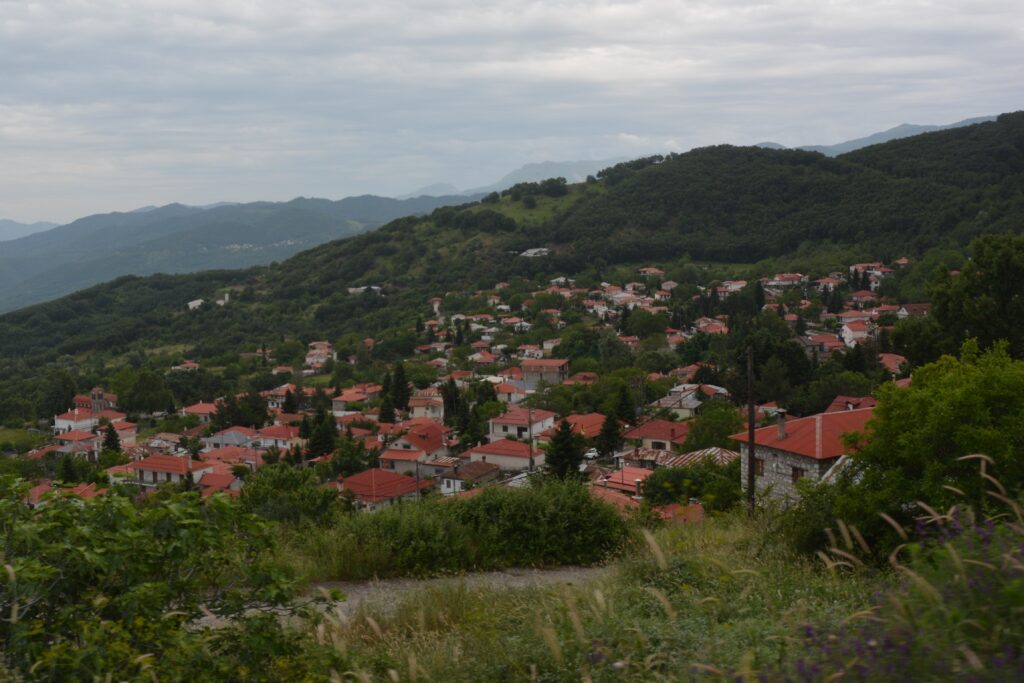
But across the border we go into Greece, back into the EU where we have Tramp insurance, phone reception and the very familiar sites and sounds and smells of one of everyone’s favourite countries. But instead of heading for the islands and beaches we stayed in the mountains, more damn mountains, and ended up at another absolute gem from the past, Meteora.
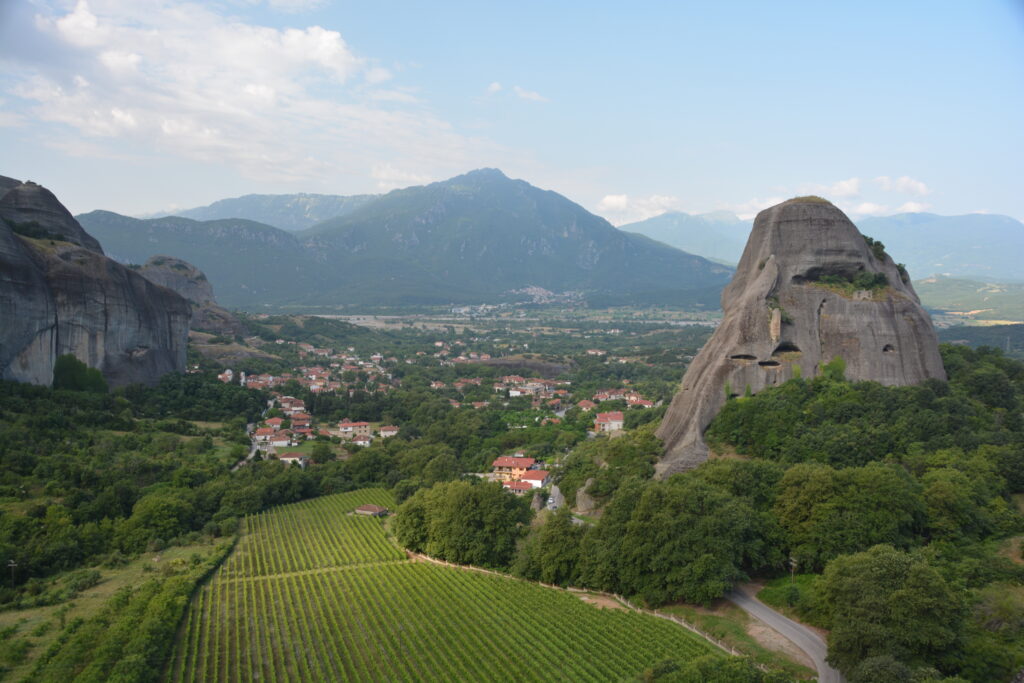
After a night in a campground at the base of these mountains, we followed the winding road up amongst these giant monolithic rock formations, stunning in themselves, but to make them almost impossible to imagine, there were six ancient monasteries built on the top of them.
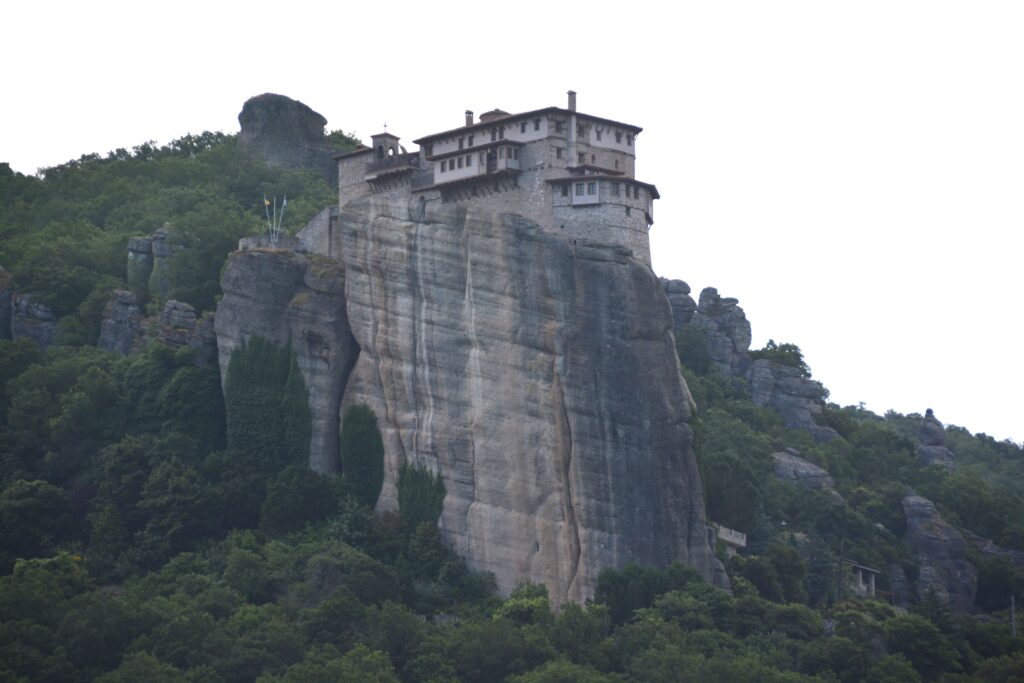
In the 14th century when the Turks were marauding the countryside the monks built these astonishing monasteries to stay out of their reach. Apparently 24 were originally built and six still remain as a testament to the determination, fortitude and ingenuity of these resourceful monks.
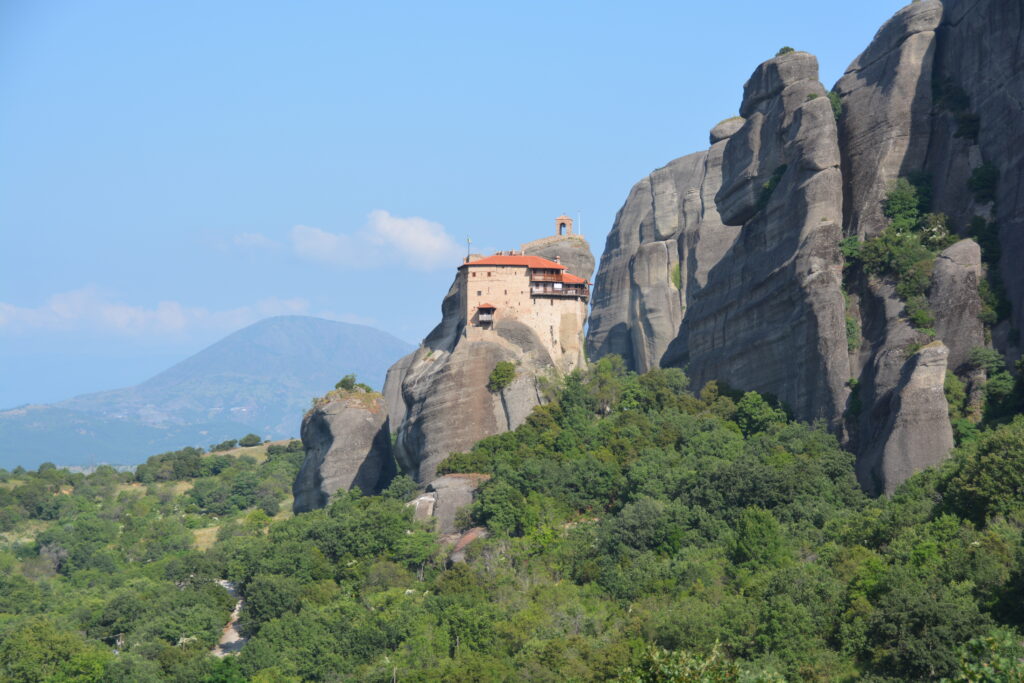
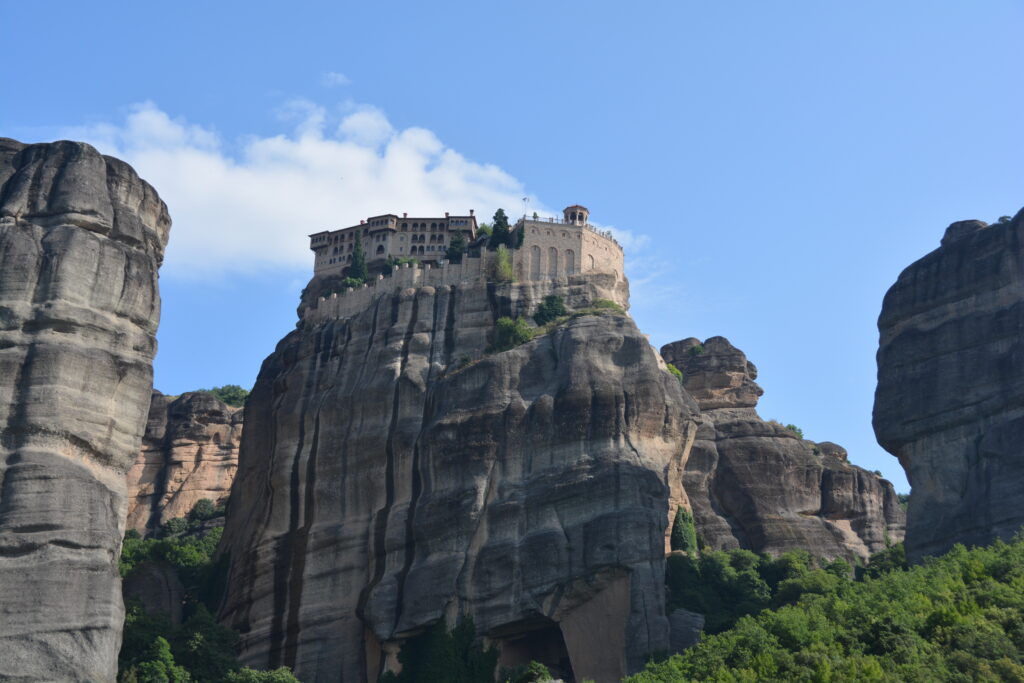
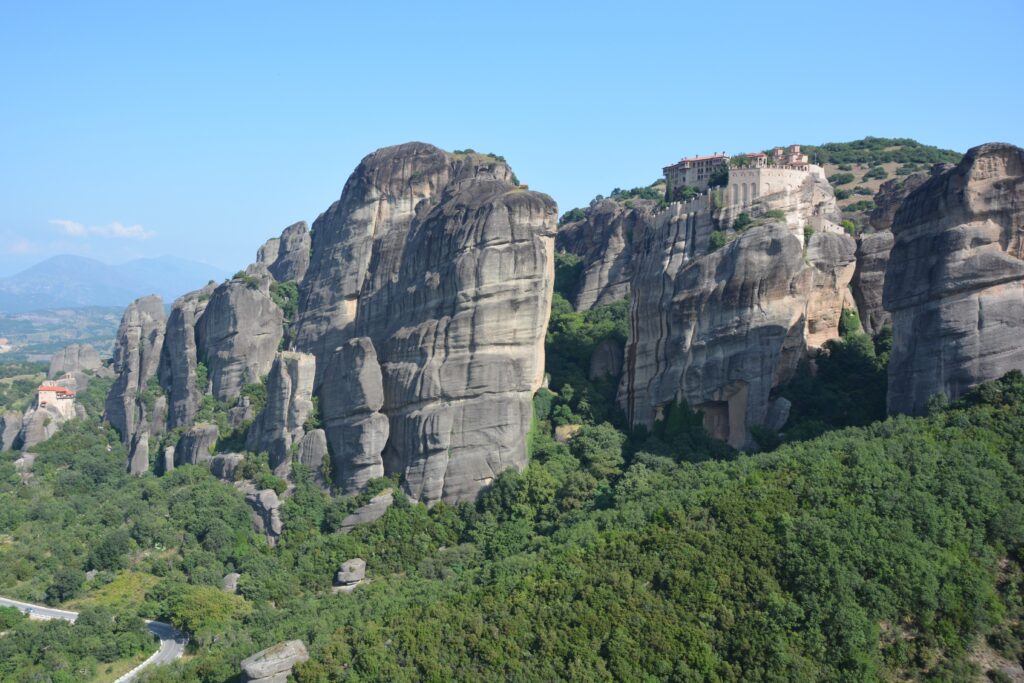
It was really special to explore these monasteries, truly wonders from the past, some of which required serious stairs to get there and all of them required perseverance in the face of a blistering sun and overrunning tourists. The mountains would have been enough to make the detour but to literally top them off with 700 year old monasteries was too much. But unfortunately after that wonderful experience we sadly had another issue to address.
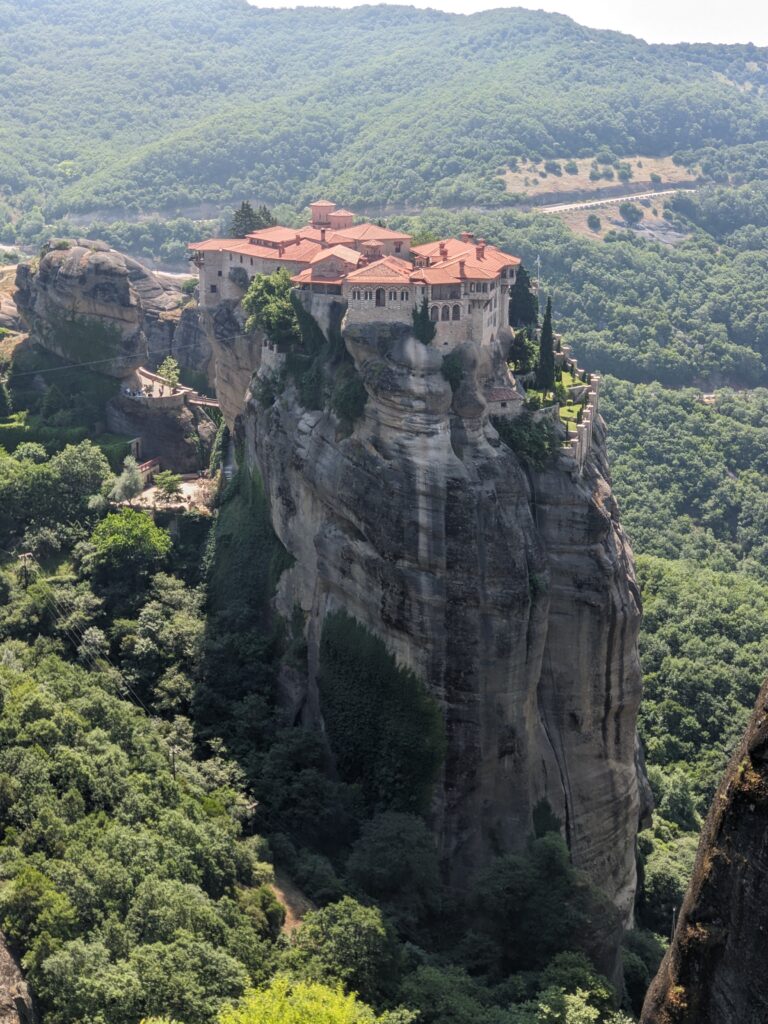
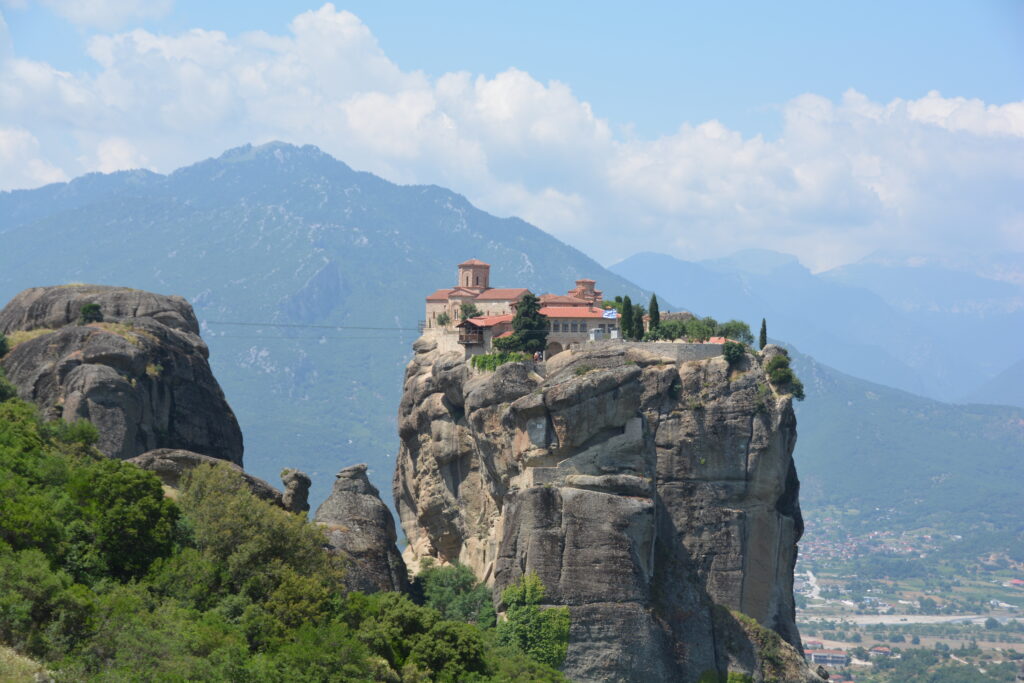
On the previous night our camper battery appeared to give up the ghost which is an absolute disaster for us and our trip. It basically means we have no power in the camper unless we’re plugged in somewhere which is exceptionally rare. After a few false leads to shops that couldn’t help us we found a wonderful family-run business in Trikala which persevered with us, going well beyond their call of duty and eventually the owner found a wiring problem and had it fixed in two minutes. We were overwhelmed with relief and joy that we had somehow managed to avoid a huge problem and a huge cost to replace these hard-to-find batteries. Instead we were back on the road after making some great new friends. Thanks to everyone for being so generous and determined to solve our problem!
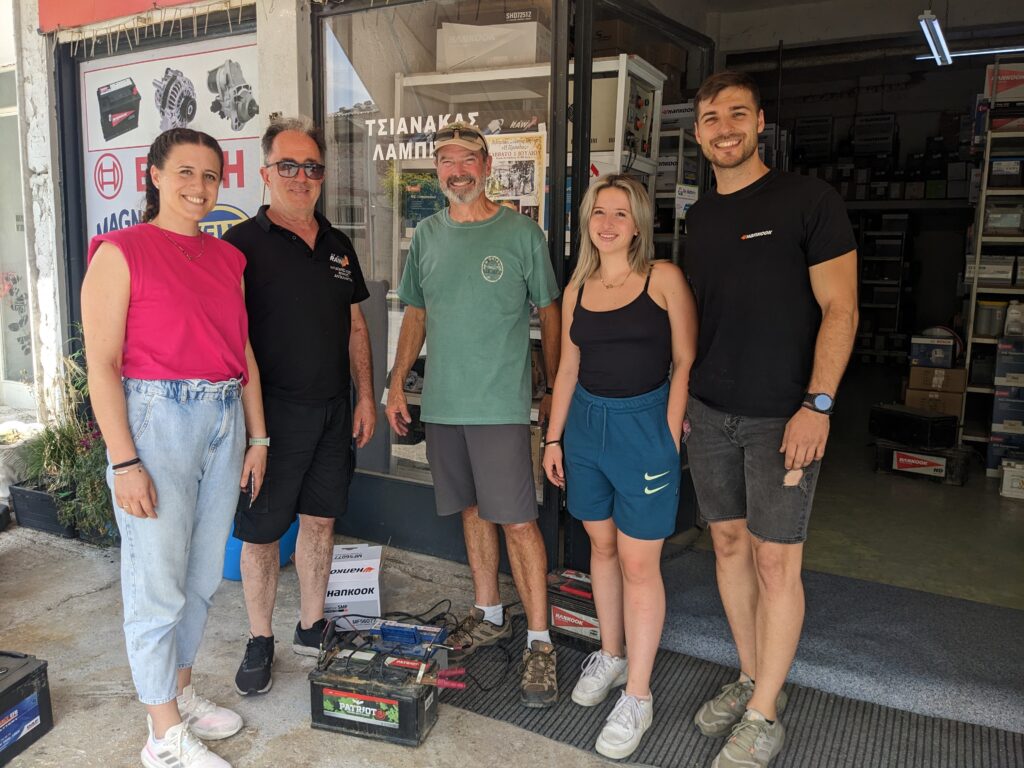
We headed for the beach and found a seriously scrappy campsite with beach frontage that did the job for us overnight, including having a beer in the sand of the Aegean Sea at a friendly beach club.
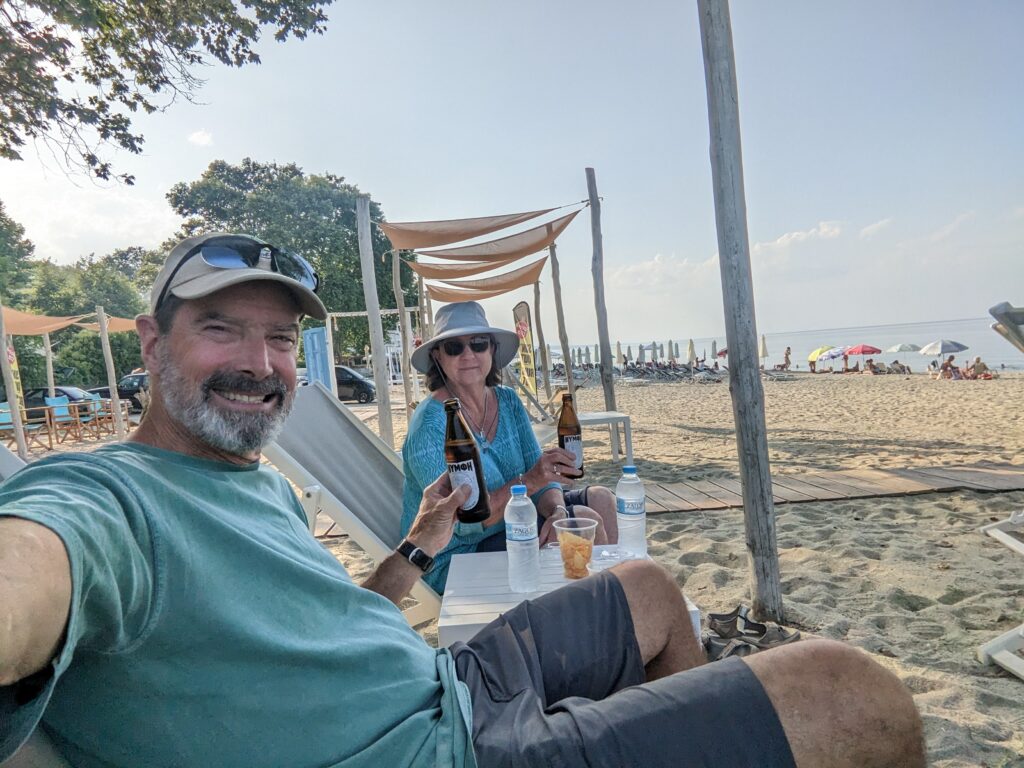
The next day was deemed a driving day as we approached the border with Turkey. As an exception to our rule we jumped on the motorway that took us past Greece’s second largest city of Thessaloniki all the way to the beachside and holiday town of Kavala. We did some shopping and had lunch down on a popular beach, always enjoying the site of locals and tourists having fun in the sun.
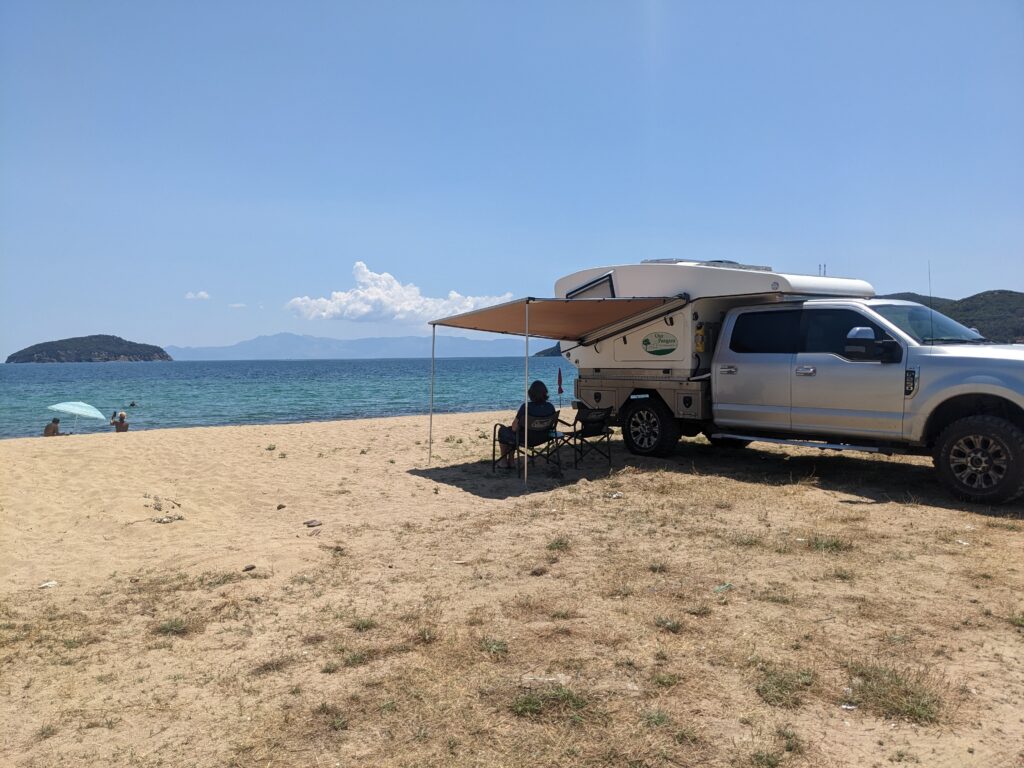
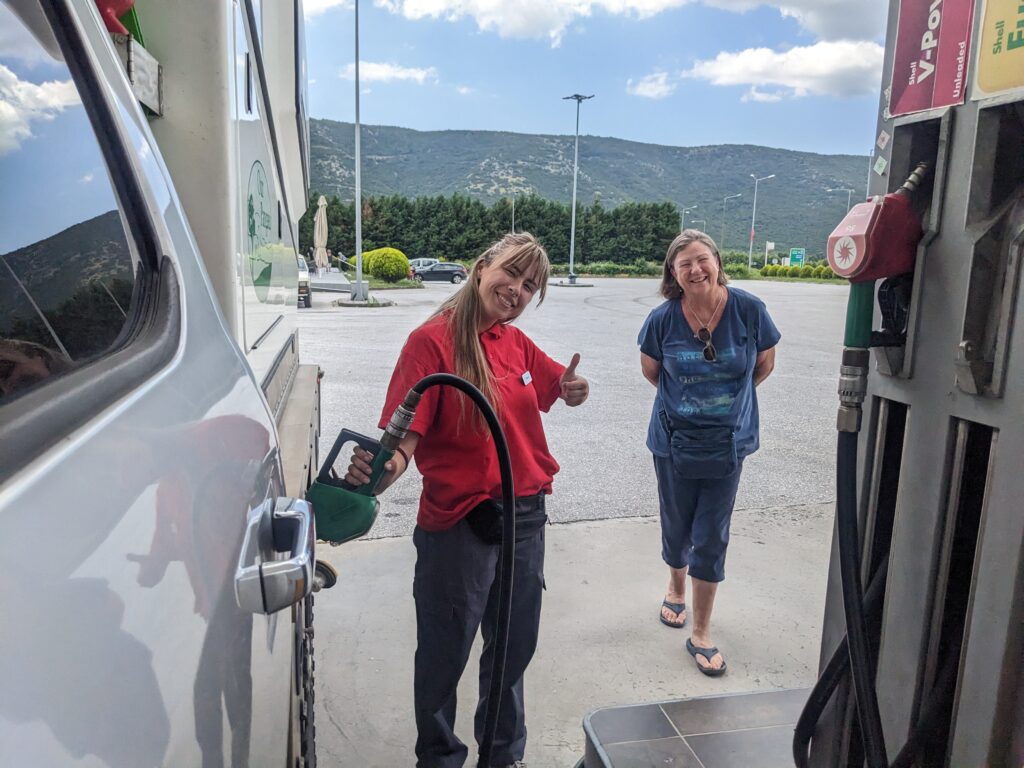
Passing out of Greece and into Turkey turned out to be a two hour affair, made more complicated by us needing to buy insurance and get a SIM card. But eventually the Turks waved us in and we started a new chapter of our adventure. And within 20 kilometres of the border we pulled into a large thick grove of trees and set up camp for the night. Welcome to Turkey!
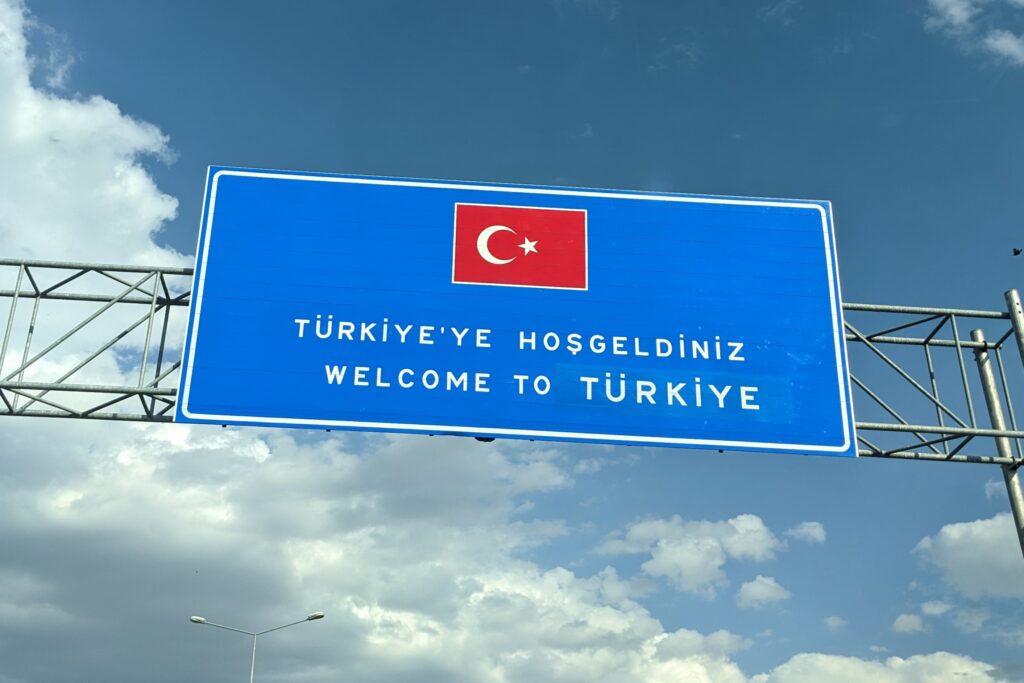
Ah, Turkey. A much anticipated highlight of this trip, a country spanning two continents, our first Muslim country on Follow the Sun, an expansive land of great history, contrasts and a rich culture, a chance to immerse ourselves just a little bit into the fabulous food, people and customs of a very different place. So with the call to prayer, the squat toilets, the head scarves, the skyline of minarets and testosterone drivers we were ready for Turkey.
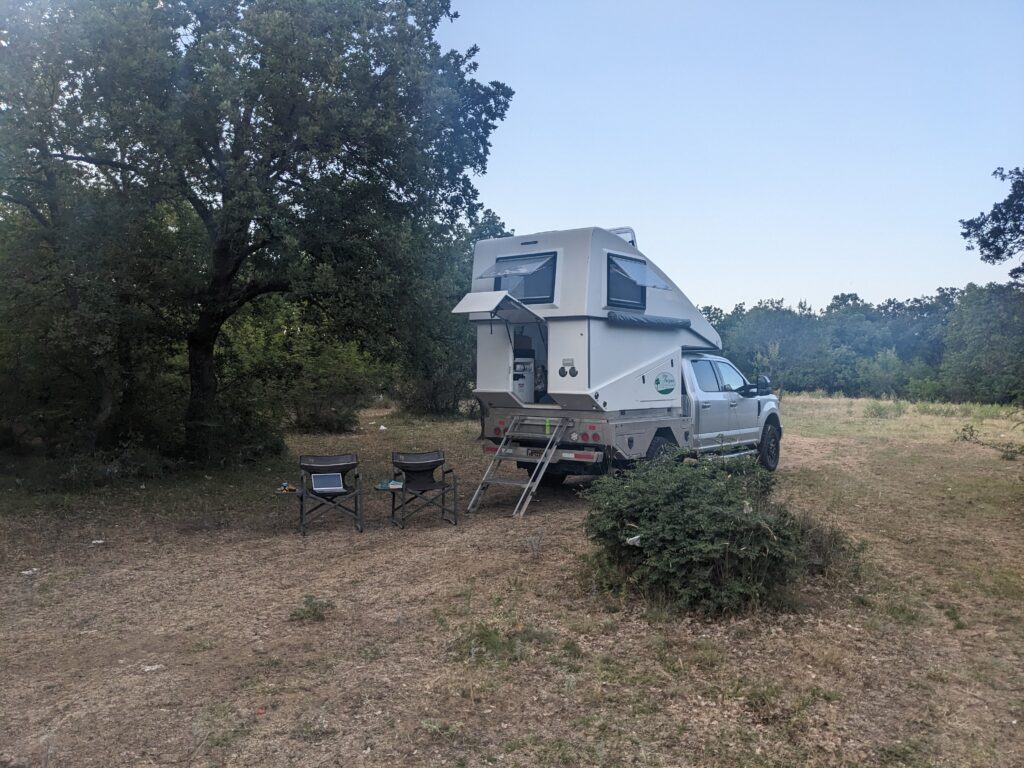
We headed southward on the Gallipoli Peninsula to another wonder of the past but this time a very different type of place. In World War I Australian and New Zealand troops fought mainly under British command who had determined that if they secured the strategic Dardanelles – a waterway running up to Istanbul – it would mean they could link up with their Russian allies. In a well known and tragic story, over the period of nine months – and most particularly on the first morning of 25 April 1915 – young Aussies and Kiwis fought young Turks literally to the death just to claim a peninsula which they both deemed strategic.
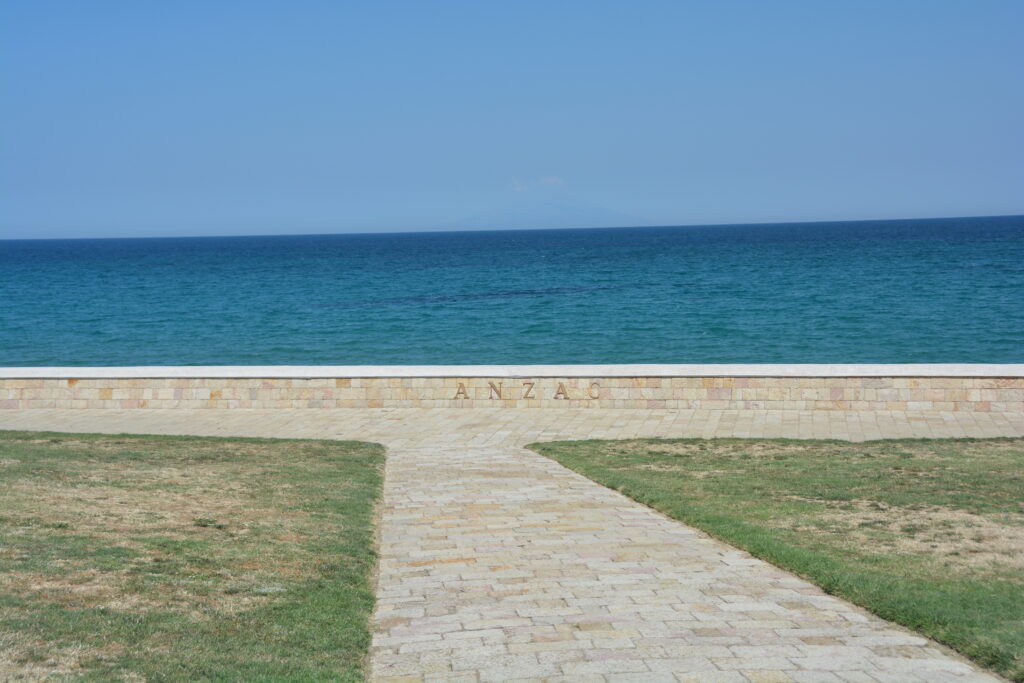
The consequences of this battle were immense for all countries. From an Australian perspective, 8,700 young diggers lost their life at Gallipoli despite their courage and determination, an inconceivable number for a young nation. The Brits, New Zealand, French and Indians also lost huge numbers. In the end over 130,000 from both sides lost their lives – about two-thirds of them Turks. At Lone Pine, a hotly contested point up on the ridge some months later, almost 4,000 men died in a battle that took up the space of a soccer field. The events at Gallipoli helped form the substance, character, reputation and personality of Australia – a country that was less than 15 years old.
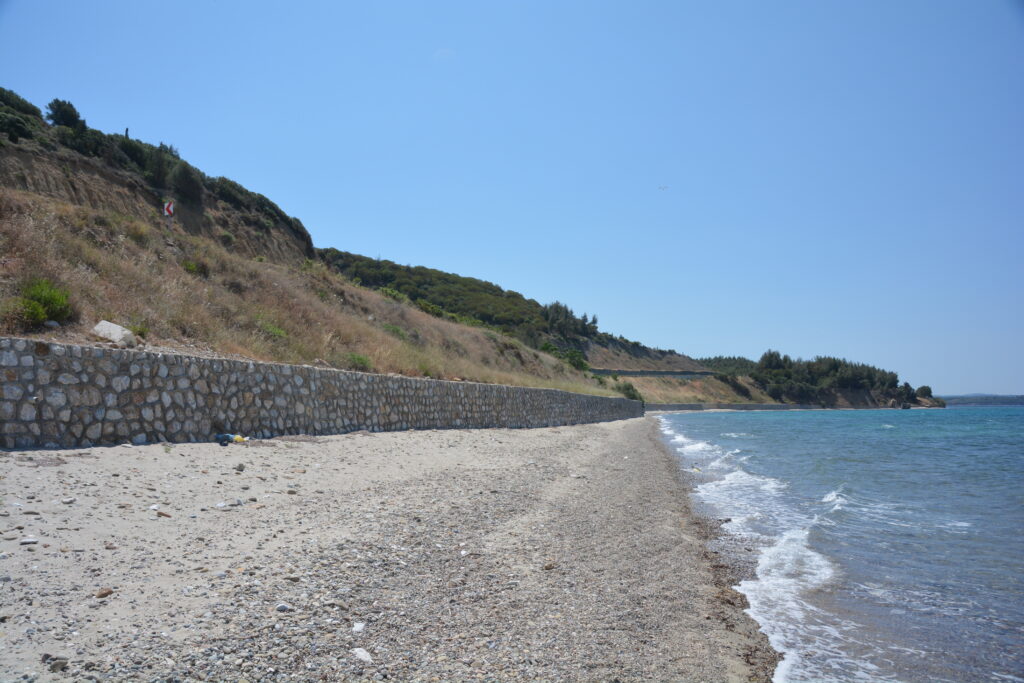
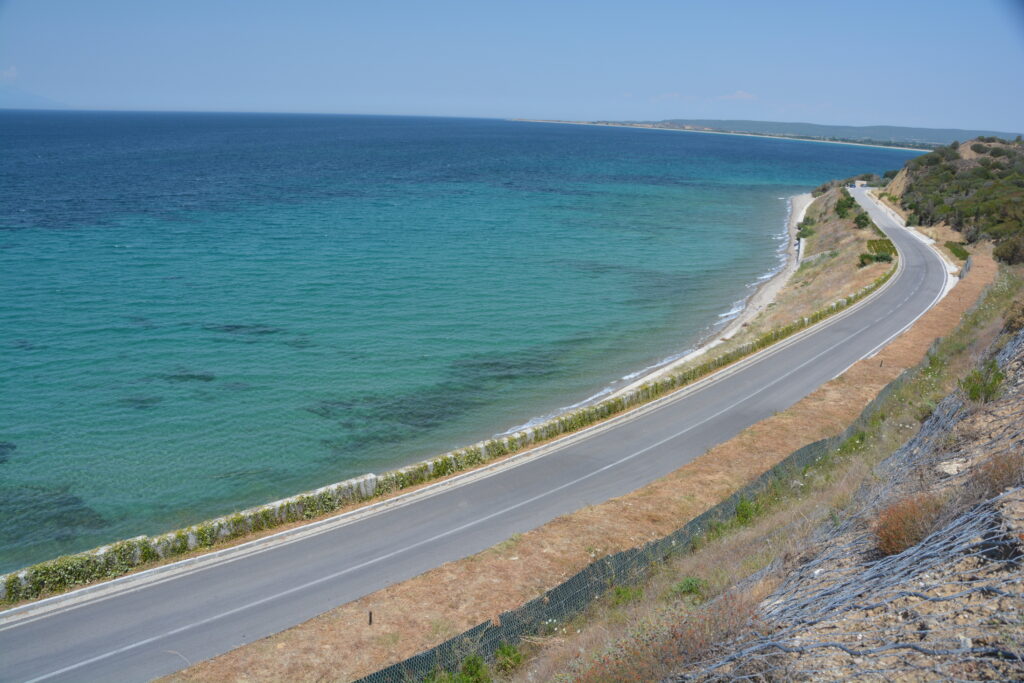
Today the site is beautifully preserved by all national authorities and one can walk or drive to the various key sites and take in the enormity of that moment in history. Julie and I drove down to ANZAC Cove where the Aussie troops first went ashore on 25 April. Defying logic, common sense and in the absence of good leadership, they were expected to somehow climb up the steep cliffs while the Turks shot down on them. We felt humbled to walk on the gravelly sand of ANZAC Cove, one of the most sacred sites for all Australians.
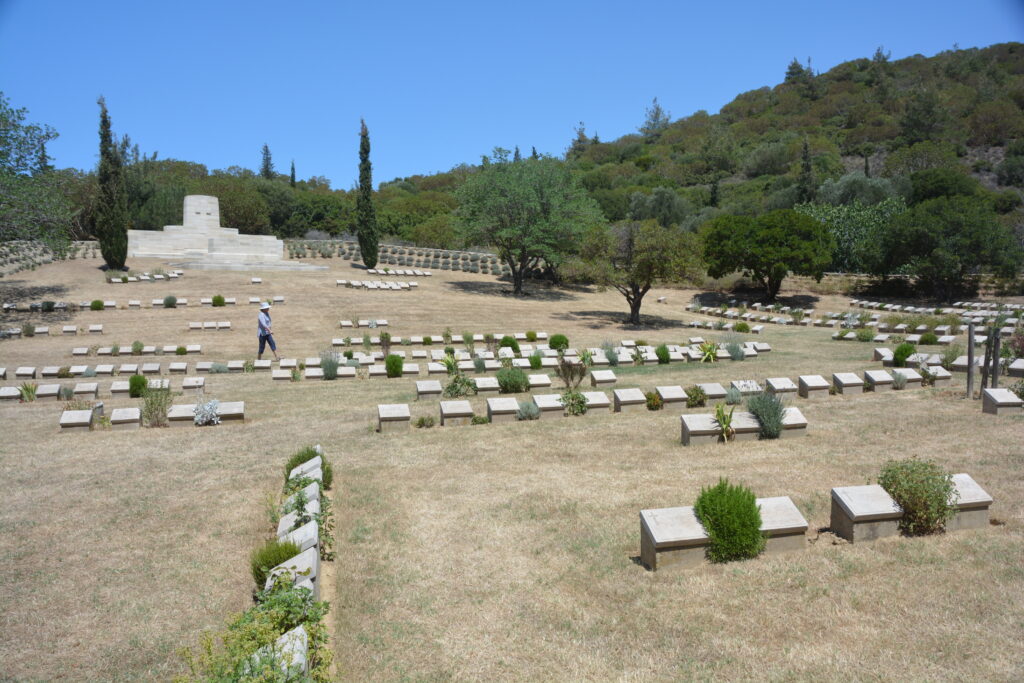
We ended up visiting many of the 40 Allied cemeteries, including Lone Pine, and also walked through the trenches that the Aussies and Kiwis had dug to fight and defend themselves against the Turks who were only 30 metres away. In an overwhelmingly emotional and sombre morning we came away much more knowledgeable and extraordinarily moved by what we saw. If you ever need perspective on your own fortunes come here.
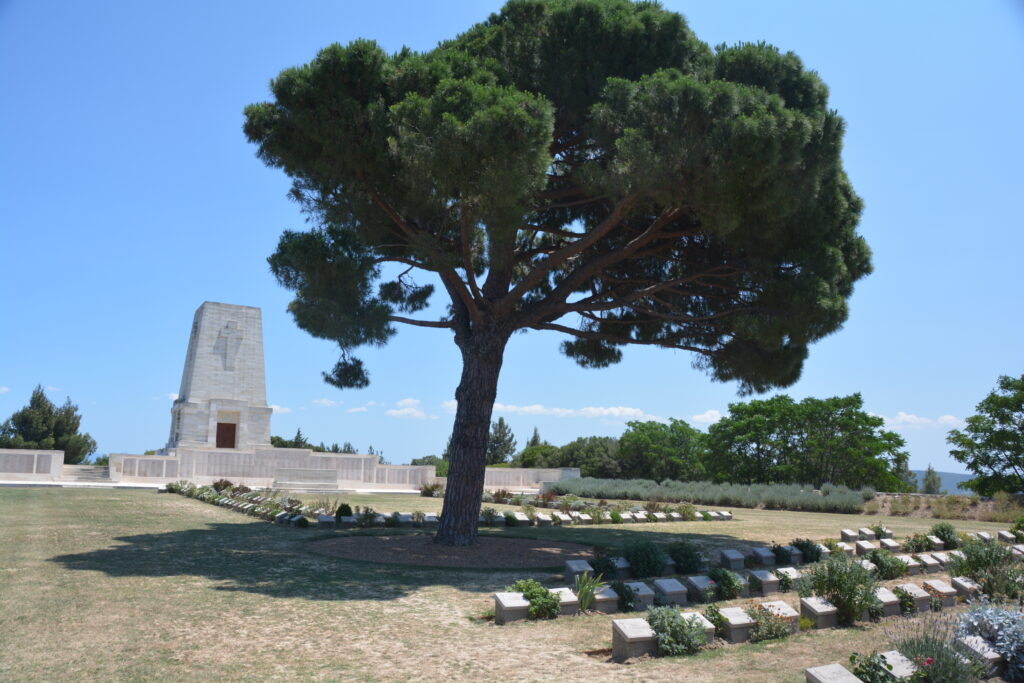
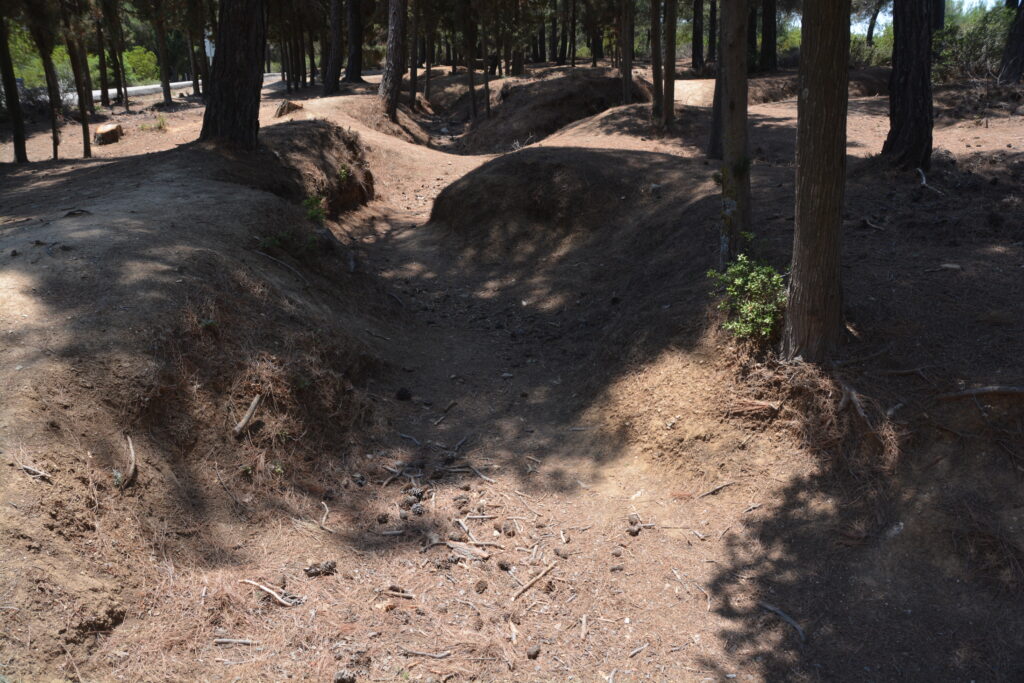
And with that morning as our final time in Europe we used a ferry to cross the Dardanelles and enter Asia.





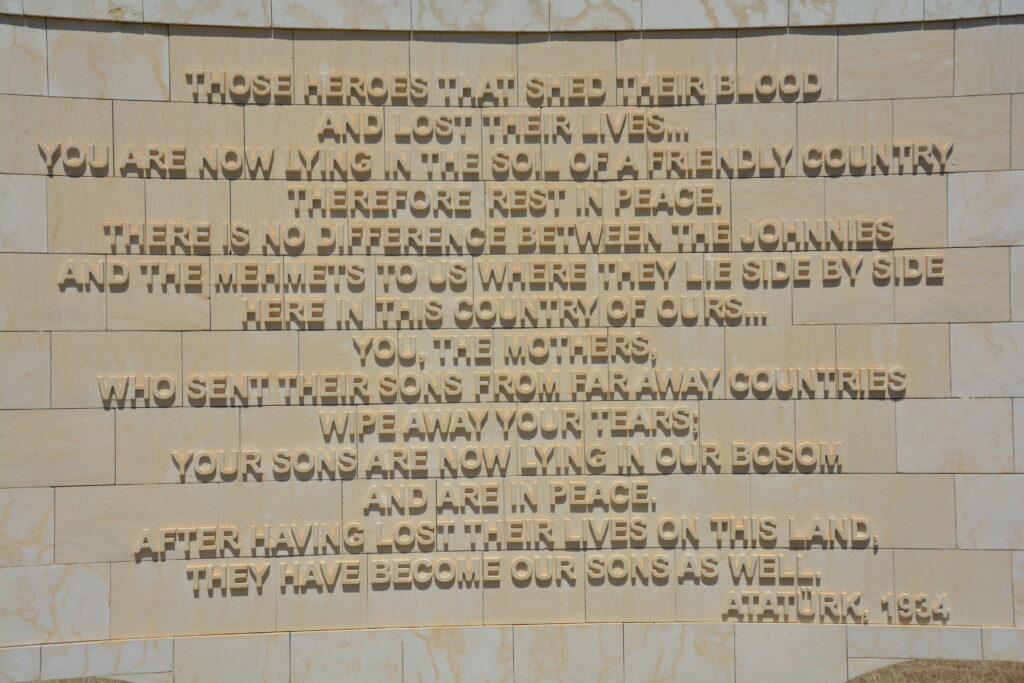
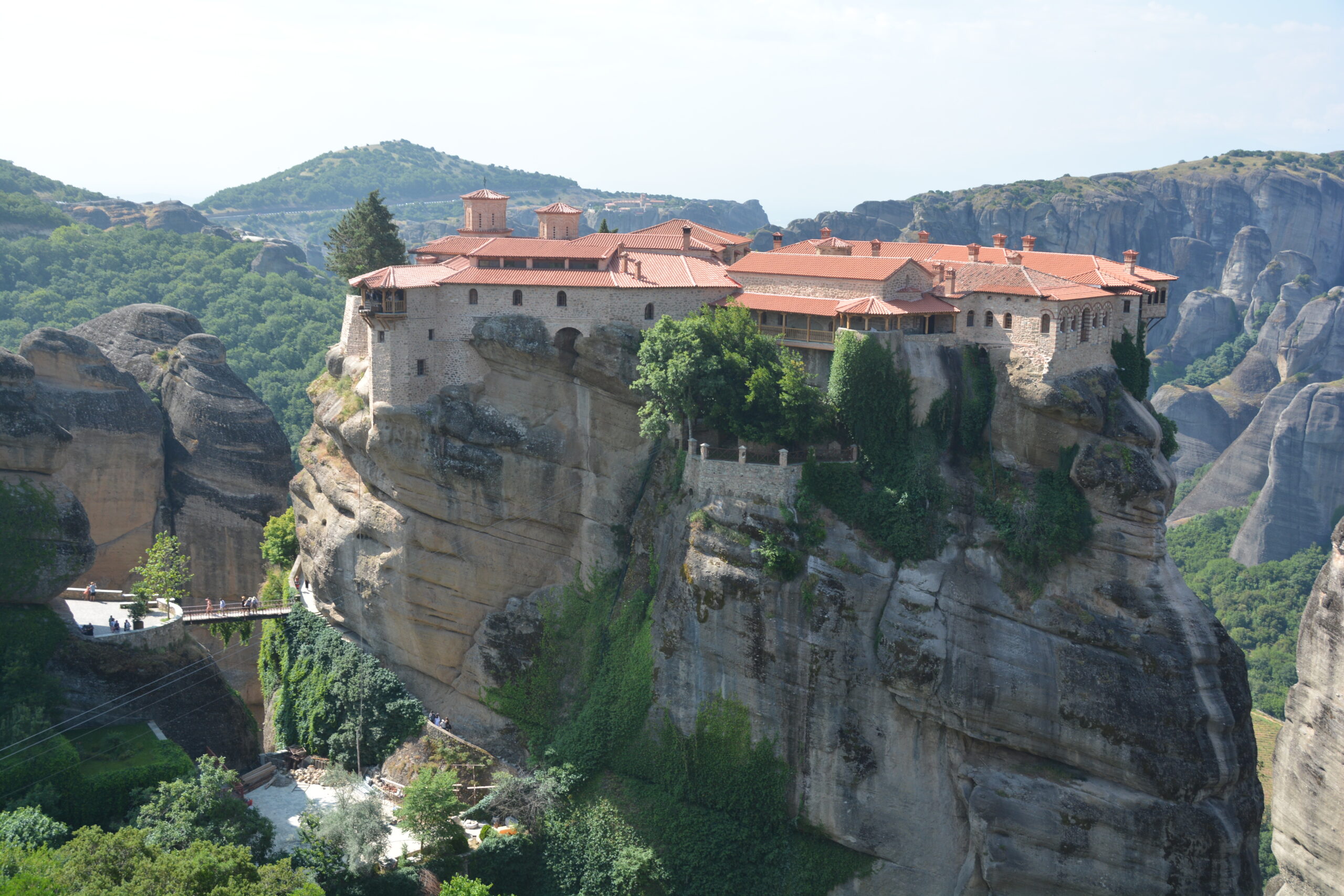
These photographs and narratives are so moving. You are such a storyteller and I’m loving every story. It’s looking like you are having great weather and meeting so many interesting people. Thank w for your diligence in keeping this blog
Thank you Katrina, that’s very kind. We’re having a great time and it is fun to write about it, that’s for sure!
Bill
So very moving at Gallipoli, amazing in Greece but beautiful in all your destinations. Loving all your stories and so very jealous.
Stay safe and happy xoxo
Thanks Anne. Gallipoli was both a beautiful place and a tragic place but we’re glad we saw it. Bill